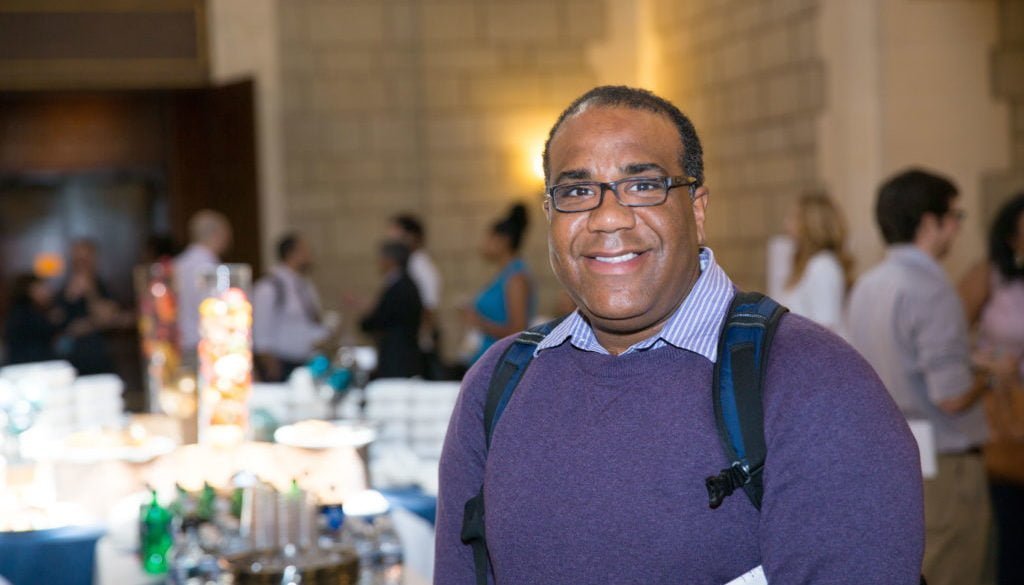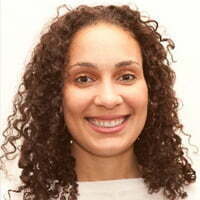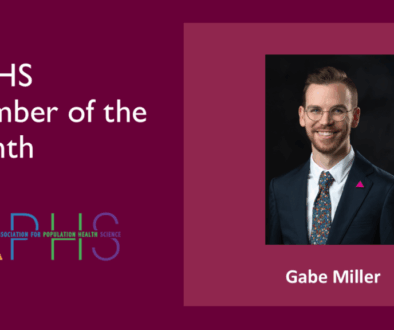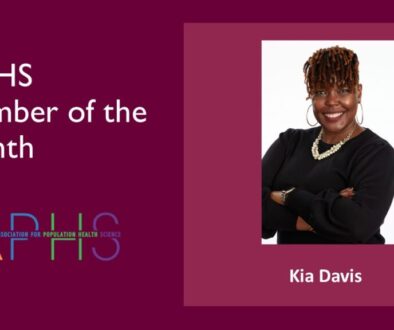Kasim Ortiz is a doctoral student at the University of New Mexico, in their Department of Sociology & Criminology. He joined IAPHS in 2016 and attended his first IAPHS conference in October 2018. He is being trained as a medical sociologist, and has a background in urban planning and public health.
Tell us a little about yourself, where are you from, where did you go to graduate school, what makes you jump out of bed each morning?
I was born in Brooklyn, New York but my family moved to Brunswick, Georgia when I was seven years old. I currently am a doctoral student at the University of New Mexico in their Sociology Department. This probably sounds really dorky, but I get excited about reading and learning every day. I’ve come to really enjoy research as its been a way for me to learn so much about the communities from which I come from, while simultaneously identifying ways to improve those communities!
How do you define yourself as a population health professional?
I define myself as a population health scientist, who applies medical sociological and social demographic techniques to identify, document, and hopefully provide possible solutions for those holding multiply stigmatized identities. Interestingly, writing this it sounds like so much more of a challenge, but one I’m up for.
What disciplines do you engage with and are there disciplines that you would like to engage with?
I engage a variety of academic disciplines, such as urban planning, sociology, demography and public health. Increasingly, I am becoming much more interested in engaging history, digital humanities, and critical legal scholarship; mostly, as a result of my planned dissertation research.
Describe a current project/initiative that you are excited about.
Currently, two projects consume my mental energy: 1) a project assessing the impact of state-level variations in SNAP generosity in shaping racial disparities in subjective cognitive decline and 2) my dissertation project which aims to understand how residing in “gayborhoods” (as a neighborhood context) helps explain racial differences in smoking behaviors among sexual minority populations.
Name a population health professional who you admire and why?
Sorry I couldn’t just name one! Two come to mind: 1) Dr. Margarita Alegria and 2) Dr. Dorothy Roberts. Both are women scholars of color, who’ve blazed their own paths and appealingly have not been limited by disciplinary “expectations”, but have both contributed undeniably to the study of racial health disparities in population health beyond easy measure.
How did you hear about IAPHS?/Why did you decide to become a member of IAPHS?
I originally learned of IAPHS from a random email forwarded to me. I decided to become a member of IAPHS because of its interdisciplinary orientation.
Have you attended an IAPHS meeting? If so, what do you like most about these meeting?
I attended the 2018 IAPHS meeting in Washington, D.C. I really enjoyed the engagement that each session provided, which is not the “trend” at large discipline-specific conferences. Furthermore, IAPHS felt so welcoming to me as a graduate student, wherein the “hierarchies” of academia seemed less important.
What would you tell someone who is considering joining IAPHS?
Do It! IAPHS has been a community I’ve come to really enjoy, a great reprise from other intellectual communities. Also, check out the newly formed mentorship program that IAPHS recently launched; after only the first meeting with my mentor, I can tell this will be a life-long journey of reciprocal learning.
What would you like to see IAPHS do in the future?
In the future, I’d love to see IAPHS engage more scholars from humanities, the biological sciences (i.e., marine biology), and urban planning/policy.
Is there anything we have missed that you would like to add?
I’d like to thank those that nominated me for this great honor.






All comments will be reviewed and posted if substantive and of general interest to IAPHS readers.